In recent years, spray drones have emerged as a groundbreaking innovation in agriculture, offering a blend of precision, efficiency, and environmental sustainability. These aerial systems, equipped with advanced spraying technologies, are transforming traditional farming practices and addressing critical challenges such as labor shortages, resource waste, and ecological concerns.
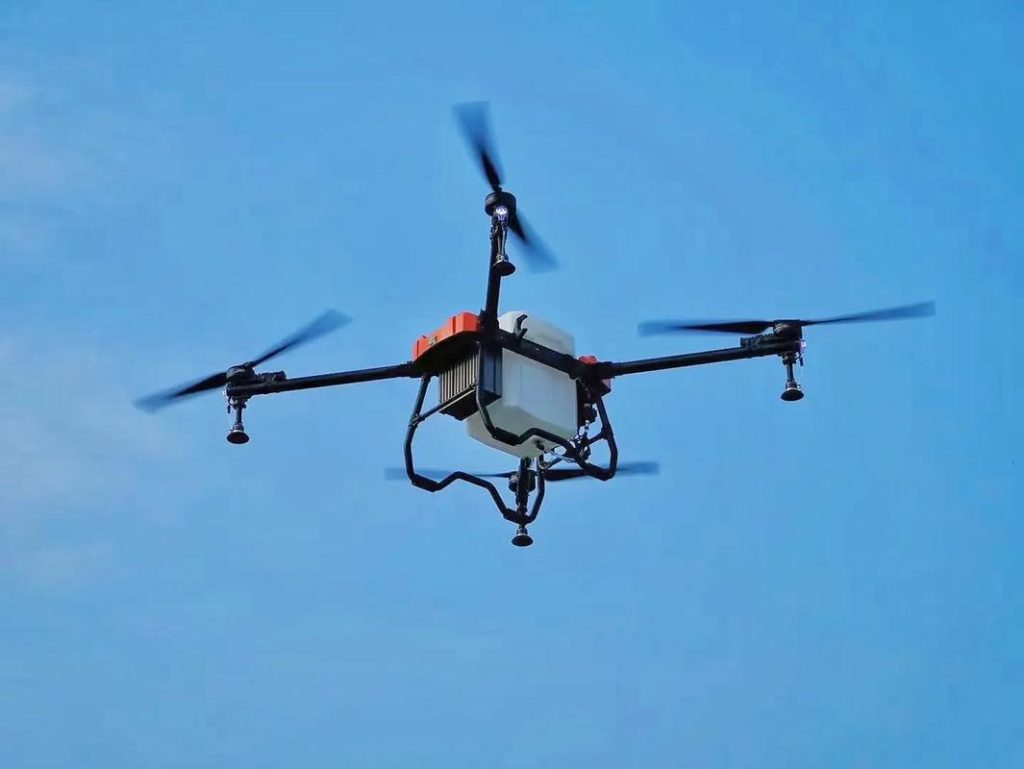
Precision and Efficiency: Core Advantages
Spray drones leverage GPS navigation, multispectral imaging, and AI-driven analytics to deliver targeted pesticide, herbicide, or fertilizer applications. Unlike conventional ground-based equipment, drones operate with centimeter-level accuracy, ensuring chemicals are sprayed only where needed. This reduces input waste by up to 50% and minimizes environmental runoff, aligning with global sustainability goals.
Moreover, drones significantly cut operational time. A single drone can cover 10–20 hectares per hour, a task that would take manual labor days to complete. This efficiency is particularly valuable in regions facing labor shortages or during critical farming windows, such as pest outbreaks or sudden weather changes.
Applications Across Diverse Agricultural Landscapes
Spray drones adapt to a wide range of agricultural scenarios:
Large-Scale Farms: In expansive fields, drones provide rapid, uniform coverage, reducing reliance on manned aircraft or heavy machinery.
Terraced or Fragmented Plots: In mountainous or divided farmland, drones easily navigate complex terrain inaccessible to traditional equipment.
High-Value Crops: For orchards or vineyards, drones enable precise canopy spraying, improving pesticide penetration while protecting delicate plants.
Additionally, their versatility extends beyond crop protection. Drones are increasingly used for seeding, irrigation monitoring, and even pollination support, showcasing their role as multifunctional farming tools.
Challenges and Innovations
Despite their potential, spray drones face hurdles in global adoption:
Regulatory Compliance: Airspace regulations vary widely. Some countries require strict certifications for drone operations, while others limit flight altitudes or mandate pilot licenses.
Technical Limitations: Battery life and payload capacity remain challenges. Innovations in hybrid power systems and lightweight materials aim to enhance endurance for large-area missions.
Climate Adaptability: Extreme heat, humidity, or dust can affect performance. Manufacturers are developing ruggedized designs and weather-resistant components to broaden operational reliability.
To address these issues, collaboration among governments, tech developers, and farming communities is essential. For instance, training programs for operators and standardized safety protocols can accelerate mainstream adoption.
Sustainability and Future Trends
Spray drones are at the forefront of eco-friendly agriculture. By minimizing chemical overuse, they help preserve soil health and biodiversity. Some models now integrate solar charging or biodegradable spray solutions, further reducing their carbon footprint.
Looking ahead, the integration of drone data with farm management systems will unlock smarter decision-making. Real-time crop health analytics, predictive pest models, and automated flight planning could create a seamless “farm-to-cloud” workflow. Meanwhile, swarm technology—multiple drones operating collaboratively—promises to scale efficiency for ultra-large farms.
Conclusion
Spray drones represent more than a technological advancement; they are a catalyst for sustainable agriculture. By combining precision, adaptability, and environmental stewardship, these systems empower farmers to meet rising food demands while conserving resources. As regulations evolve and technology matures, spray drones are poised to become an indispensable tool in the global effort to build resilient, productive, and eco-conscious farming systems. Their journey from niche innovation to agricultural mainstream is not just inevitable—it’s already underway.

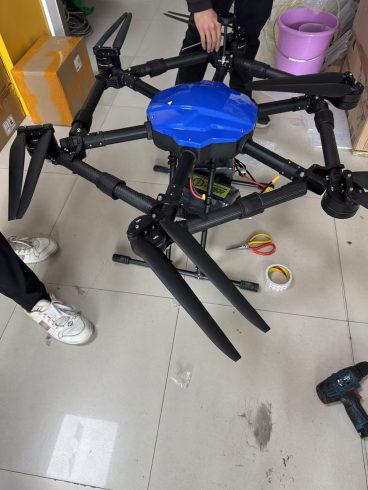
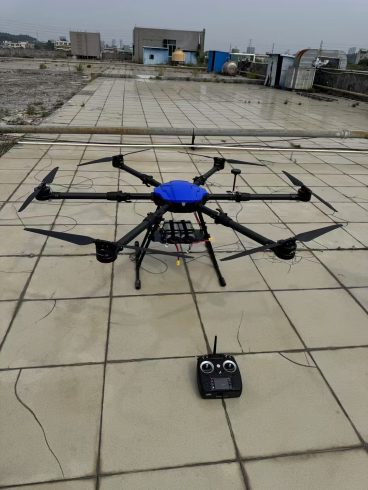
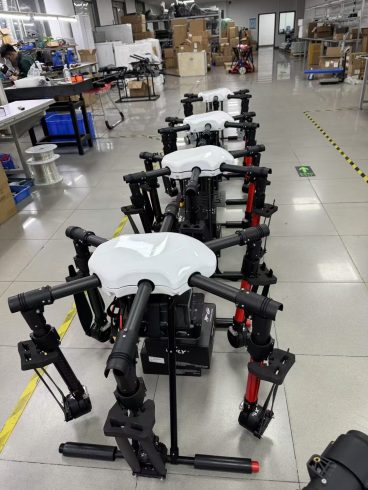
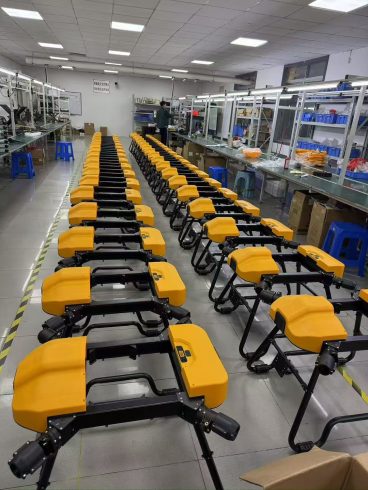
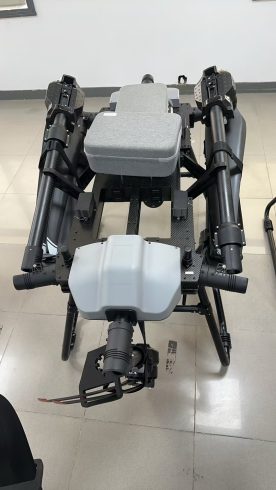
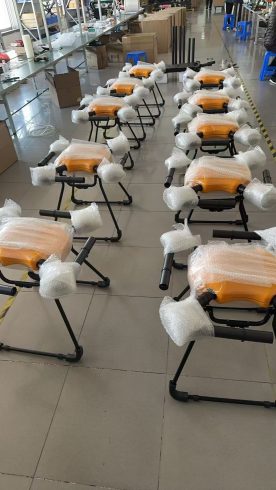
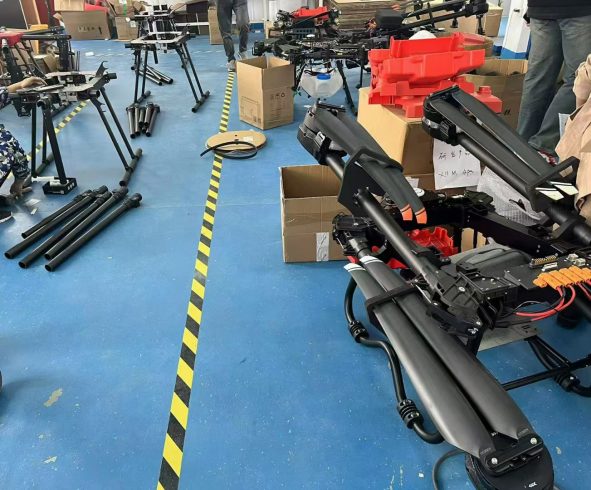
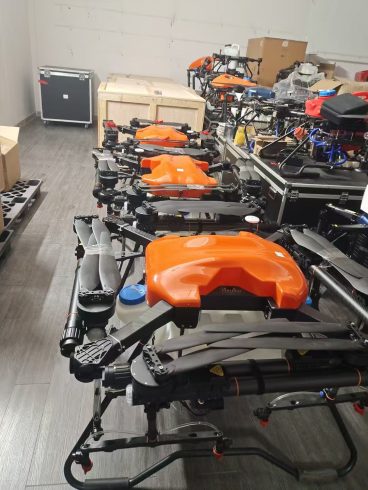
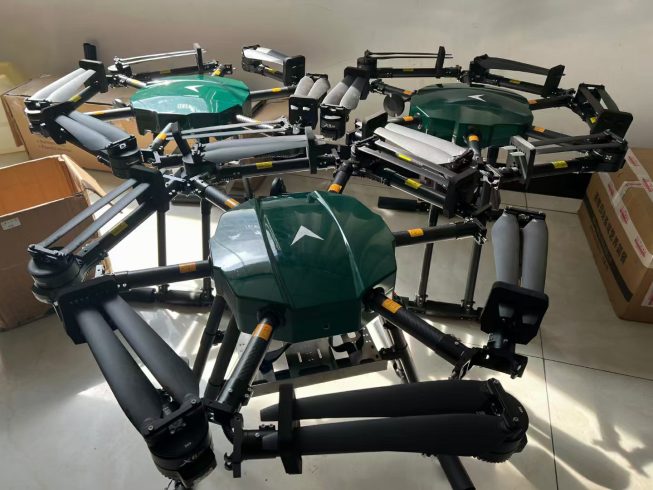
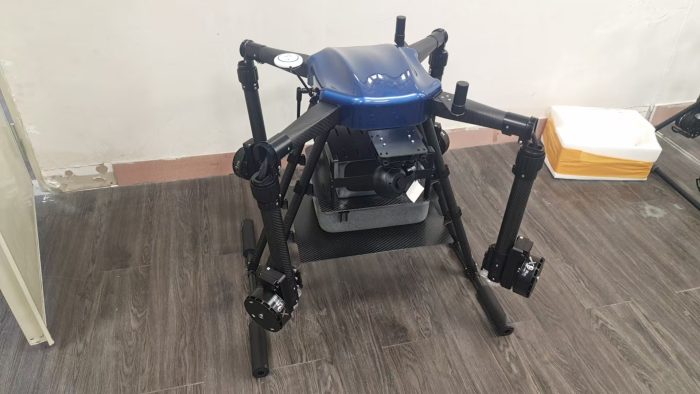

暂无评论内容